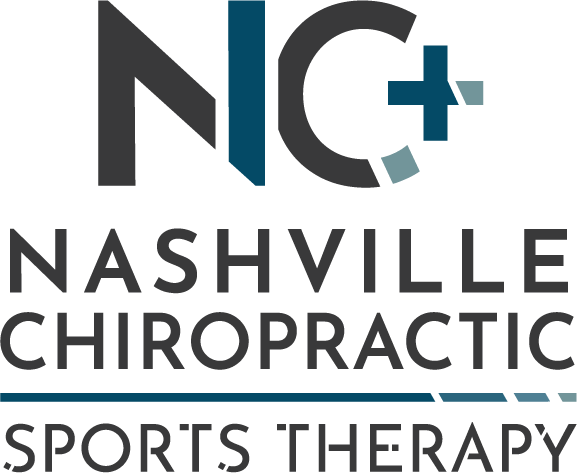Drs. Ben and Lauren Johnson will be participating at the Congenital Heart Walk in Nashville, June 4th. They will be joining the “Hudson’s Heart Warriors” team in memory of Hudson, a family friend who was lost to CHD complications at 2 years old.
The walk is designed to help raise funds and awareness for the Adult Congenital Heart Association (ACHA) and the Children’s Heart Foundation (CHF). Drs. Ben and Lauren will also be representing the stories of their nephew, Connor, and another family friend, Paul, as both of them continue to manage their conditions involving congenital heart defects.
It is our hope to raise funds and awareness for the ADHA and CHF through providing opportunities for our community to donate and share their stories related with CHD.
AWARENESS: Stay tuned to our website blog and social media pages to learn more about the stories of Hudson, Connor, and Paul. If you have a personal story to share about your connection with Congenital Heart Defects through family or friends, please let us know! We would be happy to post about these moments to raise more awareness of the conditions!
You can also learn about Congenital Heart Defects and other personal stories through these links!
The Children’s Heart Foundation: http://www.childrensheartfoundation.org
The Adult Congenital Heart Association: http://www.achaheart.org
Choosing Triumph Over Tragedy, Hudson’s and Friend’s Stories:
http://choosingtriumphovertragedy.blogspot.com
FUNDRAISING: There are two ways you can donate to the foundations!
- IN PERSON: Donations can be made at the Nashville Chiropractic office any time during business hours!
- ONLINE: Follow this link and you can donate electronically.
After donating, your name will be entered to a raffle drawing to win a set of tickets for a
Nashville Sounds Baseball Game!
We appreciate your support for Congenital Heart Foundations and thoughts for the individuals and families affected!









